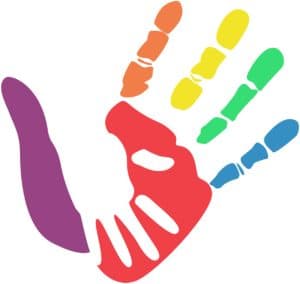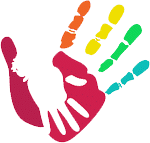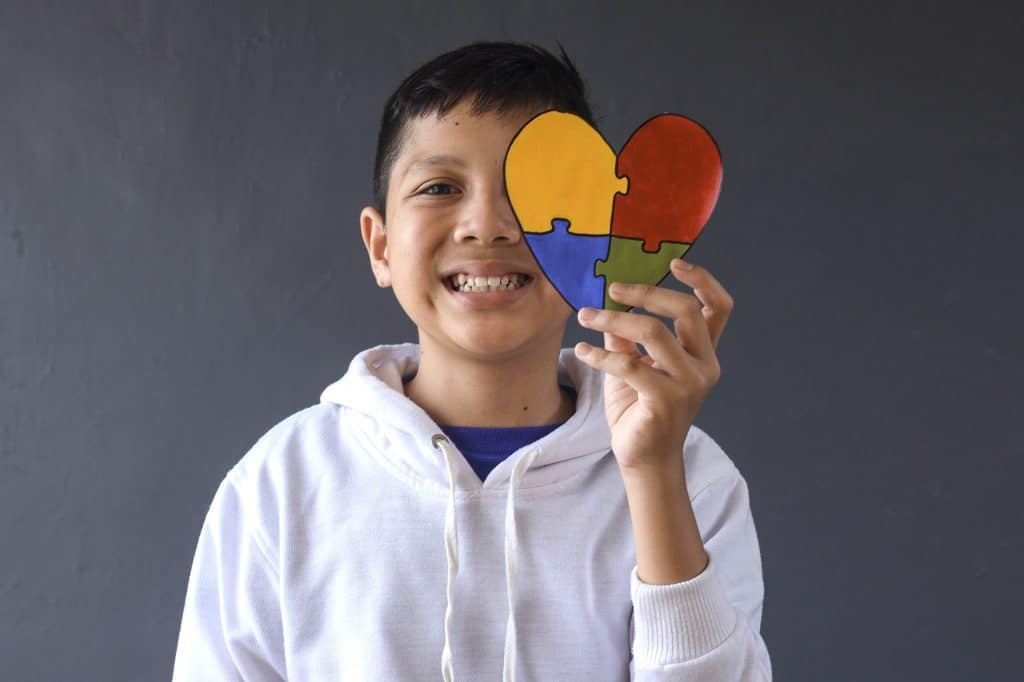When parents first hear about Applied Behavior Analysis (ABA) therapy for autism or developmental delays, one of the most common questions is: What’s the best age to start ABA therapy? The simple answer—the earlier, the better. Starting early can make a significant difference in a child’s development, especially in areas like communication, behavior, and learning.
Why Early Intervention Matters
Children’s brains are most flexible during the first few years of life. That’s why early intervention is such a powerful tool. ABA therapy works best when it’s started during early childhood, typically between the ages of 18 months and 5 years.
Frances Fishman, founder of The Play Base and a Board Certified Behaviour Analyst, explains,
“Children learn at a rapid pace in the early years. The earlier we introduce ABA strategies, the more we can shape and support their developmental path in a meaningful way.”
How Early ABA Therapy Helps
Starting ABA therapy early helps children:
- Develop stronger communication skills
- Reduce challenging behaviors before they become habits
- Improve social interactions with family and peers
- Build learning readiness for school environments
- Learn daily living skills like eating, dressing, or toilet training
It also gives parents tools and strategies to support their child at home, leading to consistent progress across different settings.
Is There a Best Age for ABA Therapy?
There isn’t a one-size-fits-all answer, but most experts agree that starting ABA therapy before the age of 5 is ideal. However, it’s never too late to benefit. Children, teens, and even adults with autism can improve through tailored ABA programs.
Frances adds,
“While we always recommend early intervention, we’ve seen great success with clients of all ages. What matters most is a personalized approach that meets the learner where they are.”
Age Guidelines Parents Should Know
If you’re wondering whether your child is ready for ABA, here’s a quick guide:
- 18 Months to 3 Years: Start with parent-led sessions and play-based learning. Early signs of autism or speech delays are often noticed here.
- 3 to 5 Years: Ideal age to begin more structured therapy. Children can engage in routines, make requests, and follow instructions.
- 6+ Years: ABA still supports behavior change, social skills, and academic goals—especially when paired with school or home programs.
Every child is different, so age is just one piece of the puzzle. The key is identifying goals and building a customized therapy plan.
Signs Your Child May Benefit from Starting Now
- Delayed speech or language
- Difficulty with eye contact or social play
- Repetitive behaviors or restricted interests
- Trouble following directions or routines
- Frequent meltdowns or aggressive behaviors
If any of these apply, don’t wait. The earlier you seek help, the sooner your child can start making progress.
What to Do Next
If you’re ready to take the first step:
- Book an ABA therapy consultation to evaluate your child’s needs
- Schedule early intervention ABA assessment with a qualified team
- Start ABA therapy for toddlers if your child is under 5
- Enroll in an early childhood ABA program tailored to your family
- Request an ABA therapy effectiveness report to track progress over time
Frances encourages families to act early:
“Parents often tell us they wish they’d started sooner. Even small steps at home can have a big impact when guided by the right team.”
At The Play Base, we believe that every child deserves the chance to grow with confidence. Our expert-led programs help families understand therapy effectiveness, navigate childhood development, and start the right support plan at the right time.
Ready to get started?
Book your ABA therapy consultation today and let’s build the path forward—together.









